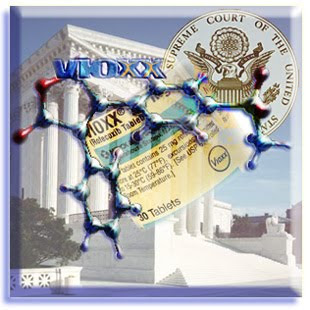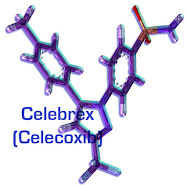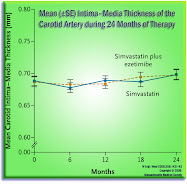And Jupiter has been as fertile, as the undulating Nile Valley -- for new discoveries, of late. This week we learned, via gracefully-twisting, copper clad, long legged Juno. . . that powerful but "shallow" lightning bolts ripple through the upper atmosphere [much as the heat of a wet summer storm (on Earth) feels like the underside of a light cashmere sweater, against the skin] in certain bands, there -- causing a soft mush of large ball methane "slush-balls" to plummet toward the surface, under the immense gravity of that gas giant. Do see the NASA/JPL visualization of that, in CGI -- at the bottom.
With Trump pretending that a president may author laws -- pass "bills" in his own ignorant parlance, tonight -- and tax and spend (hint: he cannot do any of these things). . . I really need to look to the night skies, and remind myself that fine humans the globe over are looking up, too -- and seeing the graceful orb of Jupiter in their telescopes, too.
Indeed, we are not nearly as cut off from one another (nor from those we long love, but have now seen pass, to Infinity) as we might imagine. . . and what a sight it would be, to fly through that strange, slushy methane rain (see video below). . . lightning striking all around. That thought. . . gives me new wings tonight. Here's a bit of the science, from NASA:
. . . .New results from NASA's Juno mission at Jupiter suggest our solar system's largest planet is home to what's called "shallow lightning." An unexpected form of electrical discharge, shallow lightning originates from clouds containing an ammonia-water solution, whereas lightning on Earth originates from water clouds.
Other new findings suggest the violent thunderstorms for which the gas giant is known may form slushy ammonia-rich hailstones -- Juno's science team calls "mushballs"; they theorize that mushballs essentially kidnap ammonia and water in the upper atmosphere and carry them into the depths of Jupiter's atmosphere.
The shallow-lightning findings [were] published Thursday, Aug. 6, in the journal Nature, while the mushballs research is currently available online in the Journal of Geophysical Research: Planets. . . .
"Previously, scientists realized there were small pockets of missing ammonia, but no one realized how deep these pockets went or that they covered most of Jupiter," said Scott Bolton, Juno's principal investigator at the Southwest Research Institute in San Antonio. "We were struggling to explain the ammonia depletion with ammonia-water rain alone, but the rain couldn't go deep enough to match the observations. I realized a solid, like a hailstone, might go deeper and take up more ammonia. When Heidi discovered shallow lightning, we realized we had evidence that ammonia mixes with water high in the atmosphere, and thus the lightning was a key piece of the puzzle. . . ."
Be excellent to one another. . . history has its eyes on all of us.
नमस्ते


















No comments:
Post a Comment